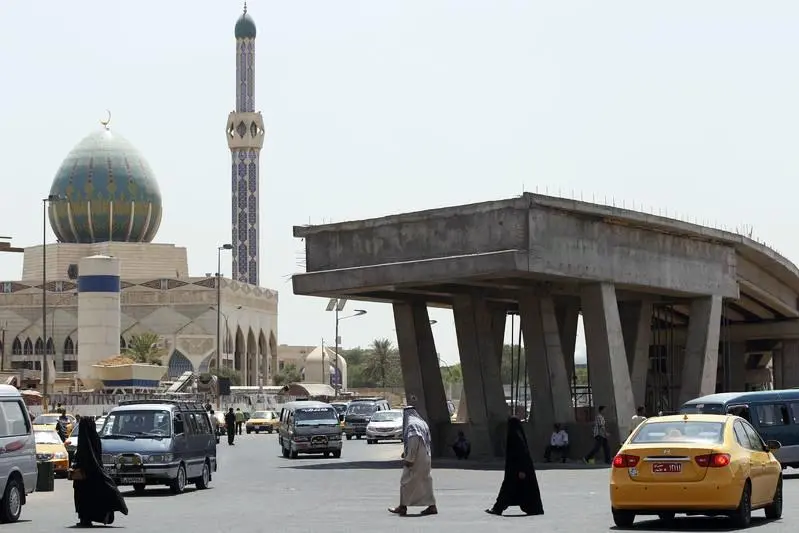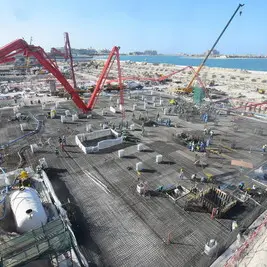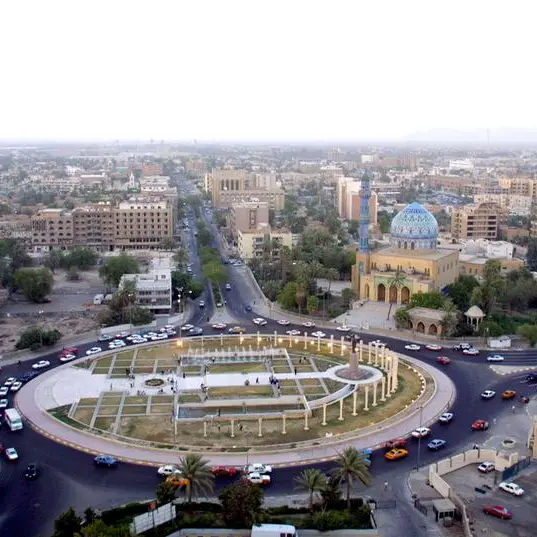PHOTO
Iraq’s domestic debt surpassed 70 trillion Iraqi dinars ($53 billion) at the end of 2023 to climb to its highest level in nearly 20 years, according to an Iraqi think-tank. Almost all the borrowing from commercial banks and the central bank were for current expenditure rather than for projects, the Iraq Future Foundation said in a report.
The report, published on Monday, showed the biggest increase in the internal debt was in 2019, when it leapt to IQD64 trillion ($49 billion) from around IQD38 trillion ($29 billion) a year earlier. At the end of 2023, nearly 37 percent of the debt was owed to commercial and government-controlled banks while the rest was owed to the central bank, the report said.
Iraq’s external debt stood at around IQD40 trillion ($32.5 billion) at the end of 2023, the report said, adding that total debt was estimated at $85.5 billion), nearly 29 percent of the OPEC member’s GDP.
“The main problem is that the bulk of Iraq’s debt was used for current expenditure rather than investment...this means that the debt cannot be offset through income from projects, which could boost the country’s GDP,” the report said.
(Writing by Nadim Kawach; Editing by Anoop Menon)
Subscribe to our Projects' PULSE newsletter that brings you trustworthy news, updates and insights on project activities, developments, and partnerships across sectors in the Middle East and Africa.












